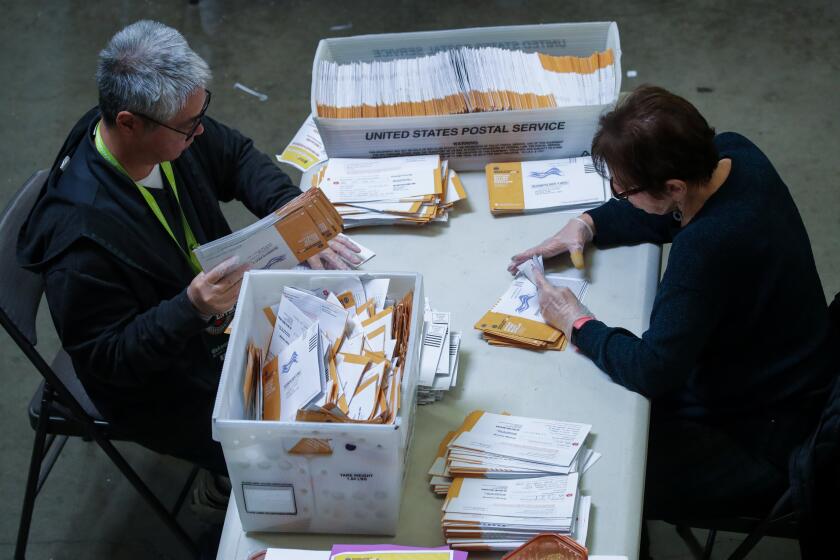Another ‘parent trigger’ mess
For the second time, parents at a California public school have tried to use the state’s “parent trigger” law to force structural change at a failing school. But just as in the first case in Compton, the process ended disappointingly for the pro-reform forces in Adelanto in late February. Although they submitted the signatures of 70% of the parents at Desert Trails Elementary School — the law requires 50% — to force a switch to a charter school, enough parents later rescinded their signatures that the petition came up 16 names short.
Pro-trigger parents and the organization coaching them through the process, Parent Revolution, were given another chance by the district. If they could add enough signatures to reach the 50% mark within a couple of months, the petition would be accepted. It took less than a couple of weeks.
But in the meantime, Parent Revolution leaders found troubling evidence that at least two of the documents on which parents rescinded their previous signature had been doctored; this needs to be investigated. Worse, the district is now telling Parent Revolution it will discount the signatures of any parents who left the school since the original petition was delivered in January. In less than two months, 51 students left the school and 28 enrolled. This could offset the signatures Parent Revolution has managed to add.
As we have said before, all this trouble with delays and rescinded signatures could have been avoided if the parent trigger weren’t the result of a rushed, badly written law and poorly crafted regulations. Yet part of the problem lies with this particular petition drive. Desert Trails parents don’t want to run a charter school and aren’t interested in the other options offered by the parent trigger law. They wanted to use the threat of a charter as leverage to bring about their own roster of reforms — especially getting rid of what they see as bad teachers. The result has been confusion and rancor.
The district is following regulations by not counting the signatures of parents who have left the district, but the deck is stacked against the trigger proponents. Despite a requirement that reasonable steps be taken to verify signatures, district officials have blocked progress on various technicalities during the process. They invalidated signatures of parents whose children had no emergency cards on file; the cards contain a parent signature, allowing for easy verification. But it’s the district’s responsibility to get those cards, which are needed in urgent situations. They also never warned the petitioners in advance that it would be necessary to obtain extra signatures to replace those of parents who moved away.
If school districts can erect roadblocks like these, the chances of any trigger petition ever succeeding are tiny. The purpose of the law was to empower parents to bring about change, not to invent new ways to frustrate them.
More to Read
A cure for the common opinion
Get thought-provoking perspectives with our weekly newsletter.
You may occasionally receive promotional content from the Los Angeles Times.






